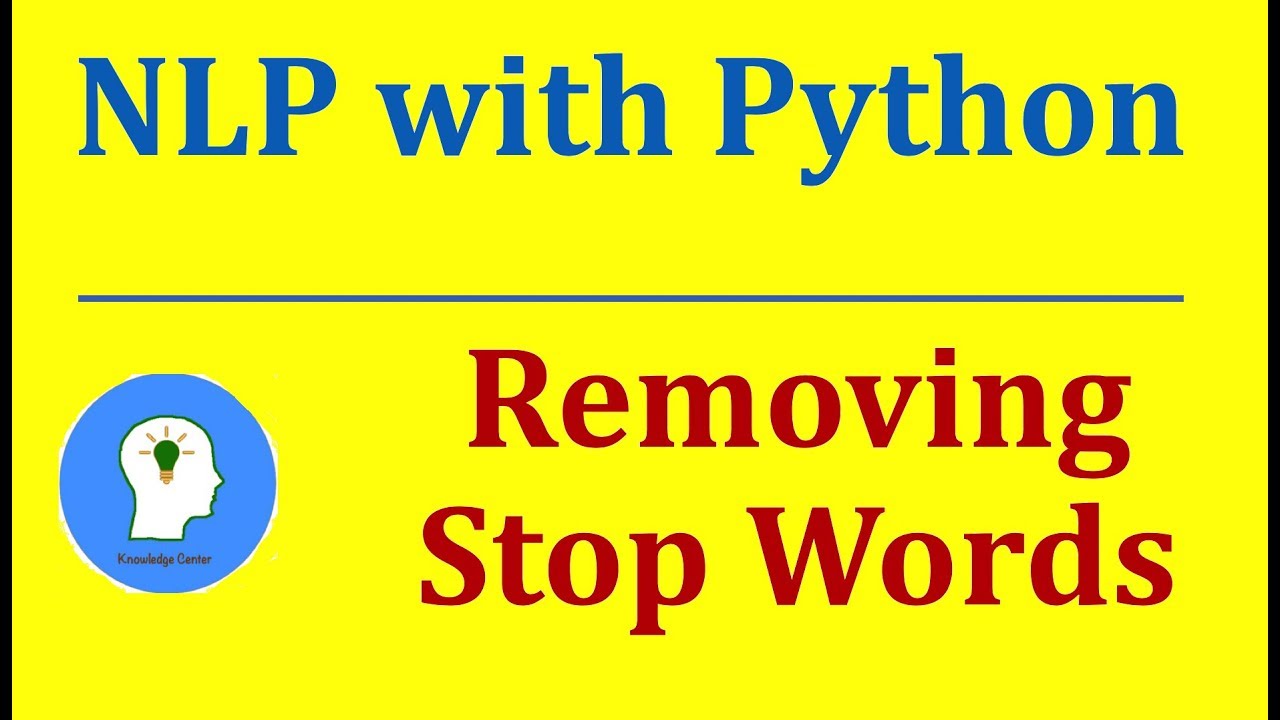Stopword Removal is a form of data pre-processing which is used to improve search engine features, primarily in natural language processing (NLP) systems. Stopwords are words which have little meaning in the context of a query or a search, and are often removed from a text before indexing or analysis. Examples of common stopwords are “the”, “a”, “and”, and “or”.
The aim of removing stopwords is to reduce the number of words and associations in a query or text, as well as to reduce the time and memory required to process a query or text. This can be used to cut down unnecessary data before storing it into a database or indexer. Identifying and removing stopwords also allows search engines to focus more on important words within a query and can help to improve the relevance of the output.
The process of removing stopwords is typically done by examining the text and then comparing it to a pre-defined list of stopwords to identify any matches. In NLP systems, this process is known as ‘stopword filtering’. It is also known as ‘lowercase filtering’ because common stopwords are all lowercase words. Some systems also use a dynamic list that is based on statistical tests.
Stopword removal is an important step in Natural Language Processing, as it helps focus on keywords or critical information within a document instead of non-essential words. This process, while helpful for search engine optimization, it is rarely used in speech-to-text applications as most stopwords are integral for conveying meaning.





